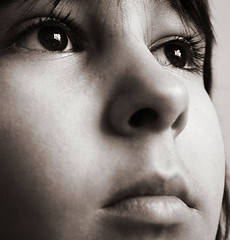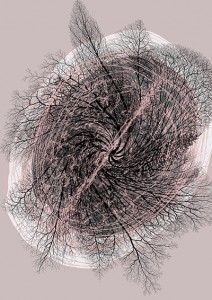Published: December 12, 2011

Image: Norma Desmond
ates of autism have exploded over the last 20 years. In exploring the phenomenon and its repercussions, Los Angeles Times staff writer Alan Zarembo interviewed dozens of clinicians, researchers, parents and educators and reviewed scores of scientific studies. Zarembo, along with Doug Smith and Sandra Poindexter of the Times data team, also analyzed autism rates and public spending on autism in California.
Part 1 of Alan Zarembo’s four-part series — Discovering Autism in the LA Times.
Autism can be difficult to understand and diagnose. People affected by the disorder talk about their day-to-day lives. http://www.latimes.com/news/local/autism/la-me-autism-vignettes-20111123-html,0,3099909.htmlstory
Source: LA Times
Published: November 15, 2011

Image: Norma Desmond
ow birth weight may increase a person’s chances of developing autism, according to a study in the November Pediatrics. More than 600 children who were born in the mid-1980s weighing 4.4 pounds or less were followed until age 21. The researchers found that 5 percent of them had autism spectrum disorder diagnoses, a rate five times that found in the general American population. Also, the lower the birth weight, the higher the likelihood of an autism diagnosis.
The latest knowledge about the causes of and treatments for autism can be found in a new book, Textbook of Autism Spectrum Disorders, published by American Psychiatric Publishing.
Source: American Psychiatric Association
Published: November 10, 2011
If future research can pinpoint why an excessive number of brain cells are there in the first place, it will have a large impact on understanding autism, and perhaps on developing new treatments, said Courchesne.

Andrew Carnie, Autumn Twist
.
Having a big brain may seem like an advantage at first thought, but new research indicates that it may be one symptom of autism. Boys with autism displayed an abnormally large number of neurons in the prefrontal cortex, the area of the brain involved in social, communication, and cognitive development, according to lead researcher Eric Courchesne, Ph.D., of the University of California, San Diego. Courchesne and colleagues reported in the November 9 JAMA that the brains of seven boys with autism contained 67 percent more cortical cells than brains of boys without autism. Those cells develop in great numbers early in fetal development but are normally removed during the last trimester.
Source: American Psychiatric Association
Published: October 26, 2011
Autistic people whose condition prevents them from speaking are making breakthroughs with the help of tablet computers and special applications that allow them to communicate, some for the first time. Lesley Stahl reports.
Read more
Source:: CBS News hat tip +Susan Giurleo


